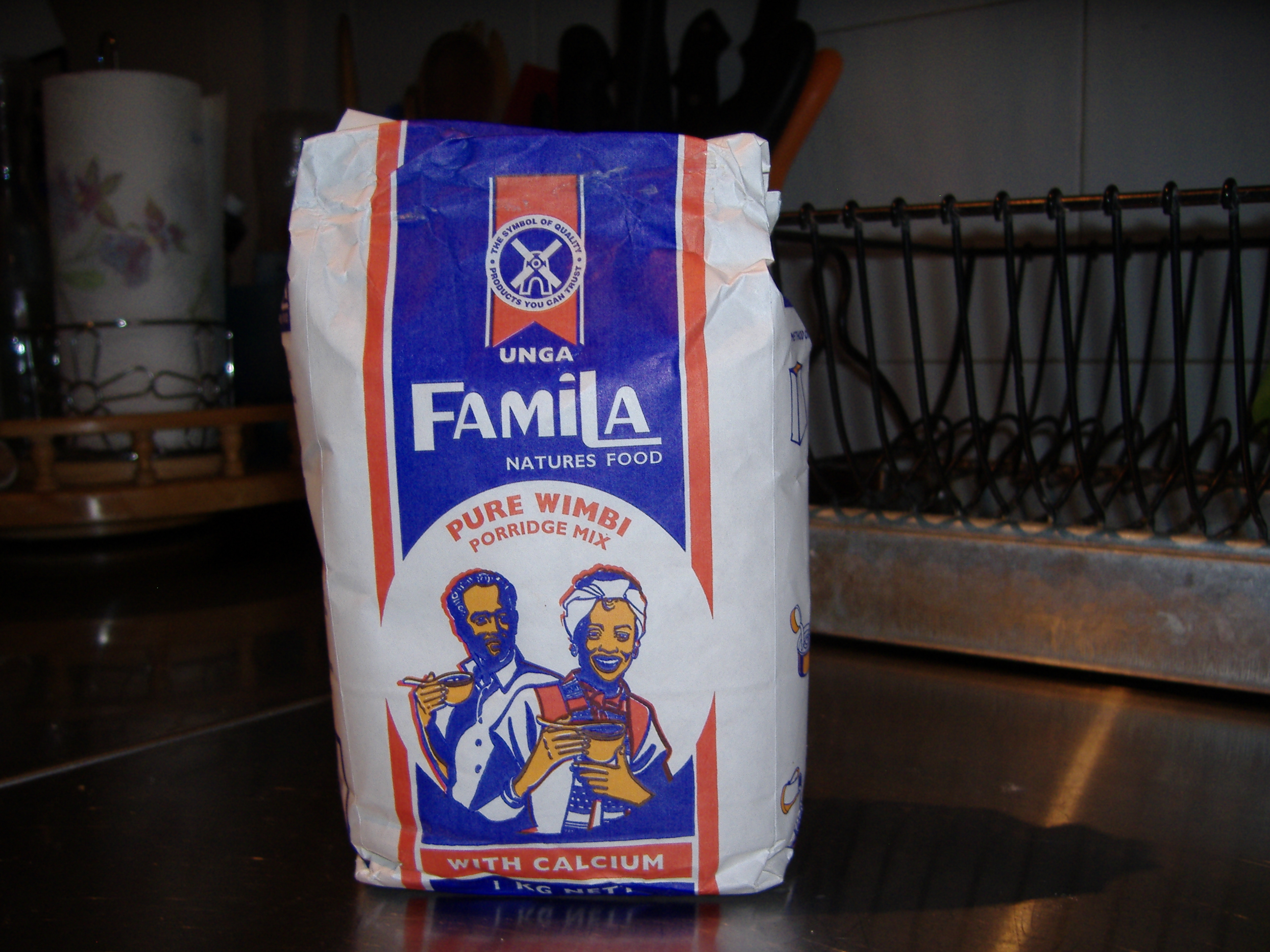- Zimbabwean take to wild foods, and not in a good way.
- “It was the afternoon of my eighty-first birthday, and I was in bed with my catamite when Ali announced that the archbishop had come to see my sisal flooring.”
- Gourds+Halloween=Jawdropping Creativity.
- Tangled Bank 117.
- “Terror agent” listing for Xanthomanas oryzae blights US rice research.
Warm welcome for finger millet porridge
Whenever I hear people talking about reviving food traditions, I always want to ask them what they’re doing with expatriates. They are often the people who are most attached to traditional foods and assorted agrobiodiversity from back home. Take my wife. No sooner did our visitor fly in from Nairobi, laden with uji mix,

that she had the stuff boiling away on the stove as if she hadn’t tasted porridge in years. 1

Now, I’m not saying that Kenyans abroad are going to save finger millet cultivation in the Nandi Hills or whatever. But they might be a good place to start.
Nibbles: Big tent, Certification, Macadamia, Wild harvest, Last meals
- Biodiversity and ecosystems experts to enter big tent: any room for agriculture?
- Japan to recognize sustainable practices that value biological diversity in agriculture, forestry, and fisheries via cute logo.
- Saving drought-resistant macadamia.
- Free food!
- Endangered food.
Pickled olives
During my recent trip to Syria I visited the world’s largest restaurant. I thought that was really cool and I wanted to at least mention it here, but could think of no excuse until a couple of stories appeared about a Middle Eastern food staple appeared in the news and I could resist no longer. I wonder how many olives the Bawabet Dimash needs to haul in every day to supply its 6,014 tables. Olive cultivation has really been booming in Syria during the past 20 years, expanding into large areas that were formerly little more than rocky pastures. I saw some huge newish plantations around Aleppo, for example. There are lots of different varieties in Syria, but I got the feeling that only one or two account for most of the expansion. These areas are likely to get drier with climate change, so I don’t know how sustainable the expansion is.
Meanwhile, further south, the olive harvest in the West Bank is being affected by some very unpleasant incidents. The olive is a mainstay of what remains of the Palestinian economy, and this is bound to impact people’s already sorely stressed livelihoods. I suspect not much of the West Bank’s production in currently being exported, but if and when it does start being marketed in Europe, it will have to cope with some sharp-nosed Italian police officers.
Forget the stock market, invest in watermelons
When we say that local varieties are valuable — and should therefore be conserved — we usually mean that they have rare and useful traits. We don’t generally mean that they actually cost a lot of money to buy. But that’s emphatically the case for Densuke watermelons in general, and the one that’s just been sold in particular.